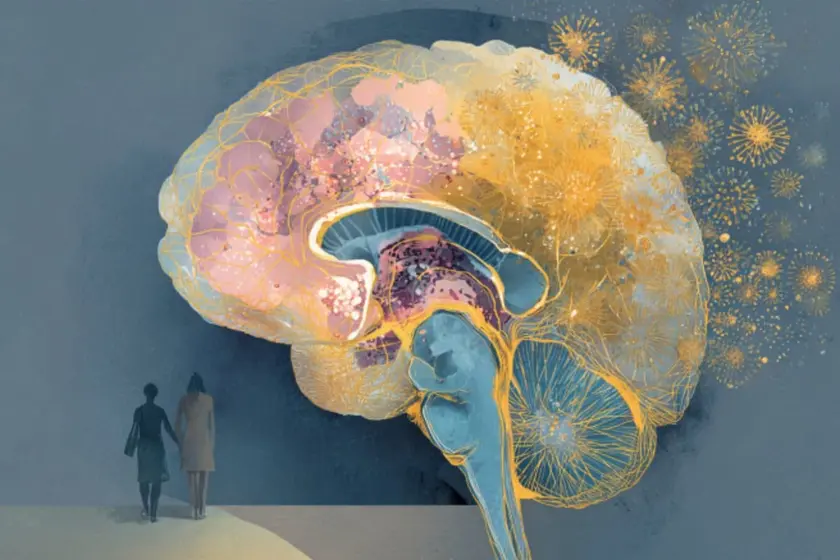T4K3.news
AVM found after concussion symptoms
A teen football player’s prolonged concussion symptoms led to a brain AVM diagnosis and surgery in New Jersey

Logan Coleridge’s prolonged symptoms after a concussion led to the discovery of a brain arteriovenous malformation that required surgery.
Teen football player diagnosed with brain AVM after months of concussion symptoms
Logan Coleridge was a high school football player who kept playing after helmet hits until August 2023, when dizziness, balance problems, memory gaps, and severe headaches began. Months of physical therapy produced no relief, and several doctors offered limited answers. An MRI finally ordered in spring 2024 revealed an arteriovenous malformation in the occipital region of his brain, a finding neither he nor his family had heard of before.
Doctors chose surgery over radiation to remove the AVM. On July 17, 2024, Logan underwent a craniotomy performed by a cerebrovascular surgeon at NYU Langone. Three days after the operation he was discharged and began a steady recovery. Today he attends follow-up appointments, no longer misses school, and is preparing for a return to football while managing occasional headaches.
Key Takeaways
"Nobody's given this kid an MRI"
Logan’s experience with delayed imaging
"The AVM was likely the root of Logan's symptoms"
Riina explains the diagnosis
"They wanted an immediate solution"
Riina on choosing surgery over radiation
The case highlights how persistent concussion symptoms can mask a separate medical issue that requires different care. Delays in imaging can prolong distress and frustrate families already navigating a tough medical journey. It also underscores the value of specialized concussion clinics and a proactive stance toward MRI when symptoms linger beyond the typical recovery window.
At a systems level, the story points to gaps in access to timely imaging and specialized neurosurgical care for young athletes. Prompt referrals and clear pathways to advanced tests could spare families months of uncertainty. Yet the outcome here is hopeful: with appropriate treatment, a serious brain condition can be addressed effectively, enabling a safer return to everyday life and sports.
Highlights
- Nobody's given this kid an MRI
- The AVM was likely the root of Logan's symptoms
- This was a fork in the road for me
- They wanted an immediate solution
Health systems should listen when families push for answers and faster access to appropriate imaging.
Enjoyed this? Let your friends know!
Related News

Headache case prompts call for faster MRI access

Fit woman left paralyzed after missed AVM diagnosis

Triclosan in soaps linked to eczema in children

Research Links Hepatitis C Virus to Mental Disorders

Study shows grief can increase death risk

Heartburn remedies under the microscope

NFL bans use of smelling salts in games

Link found between gluten and mental health issues
